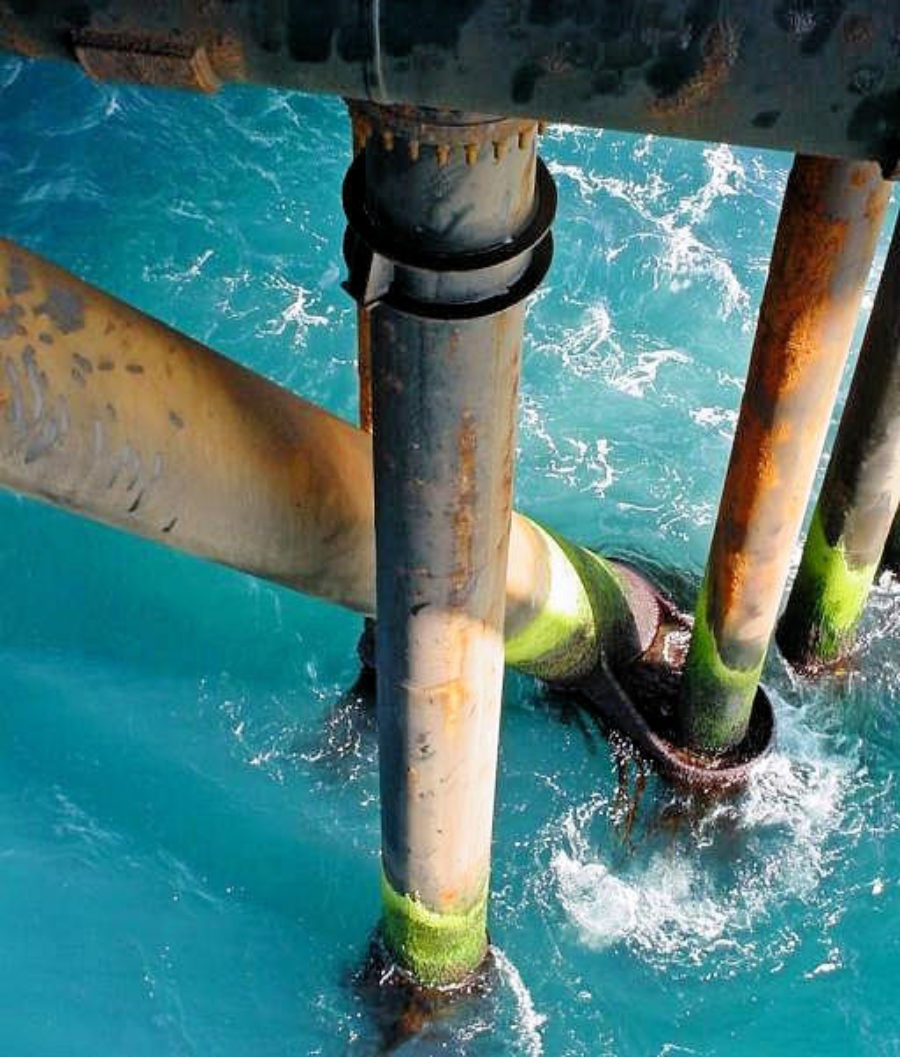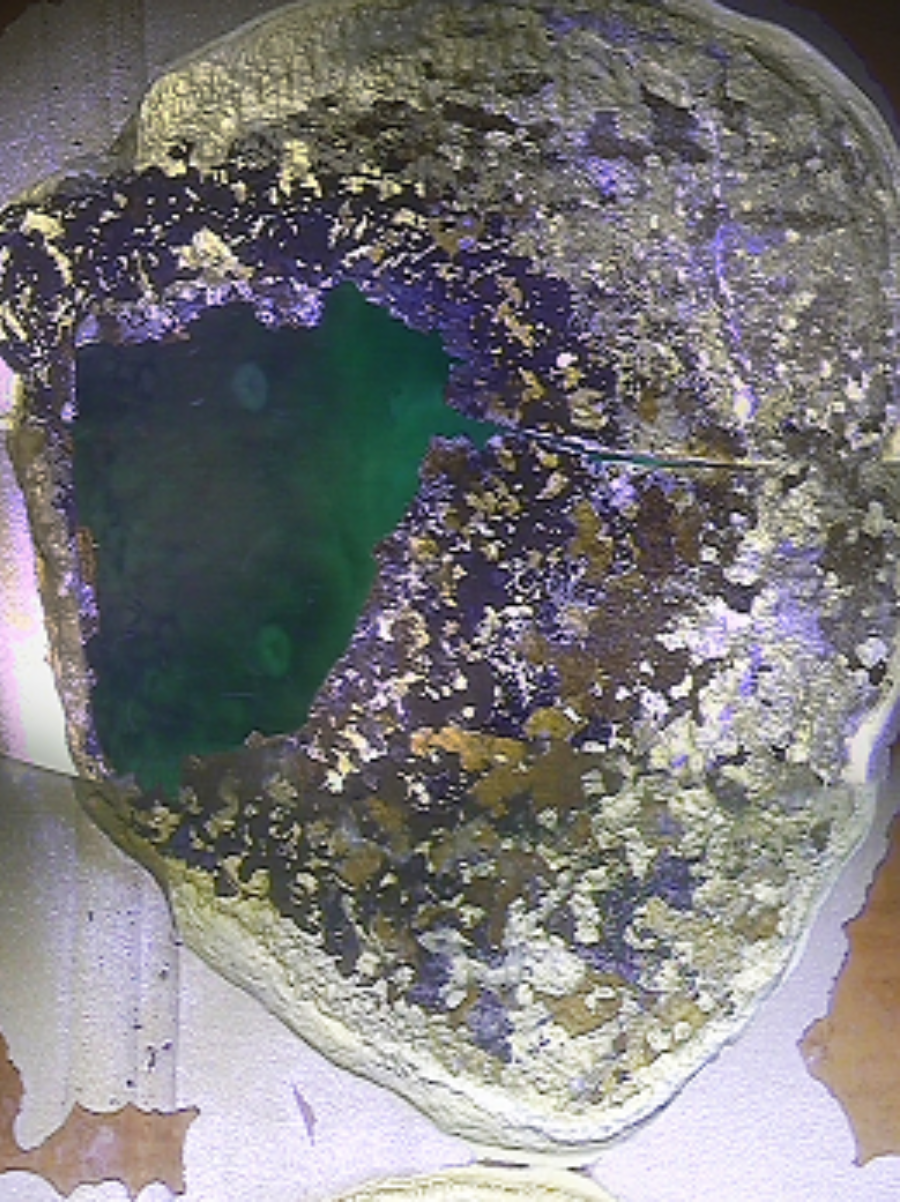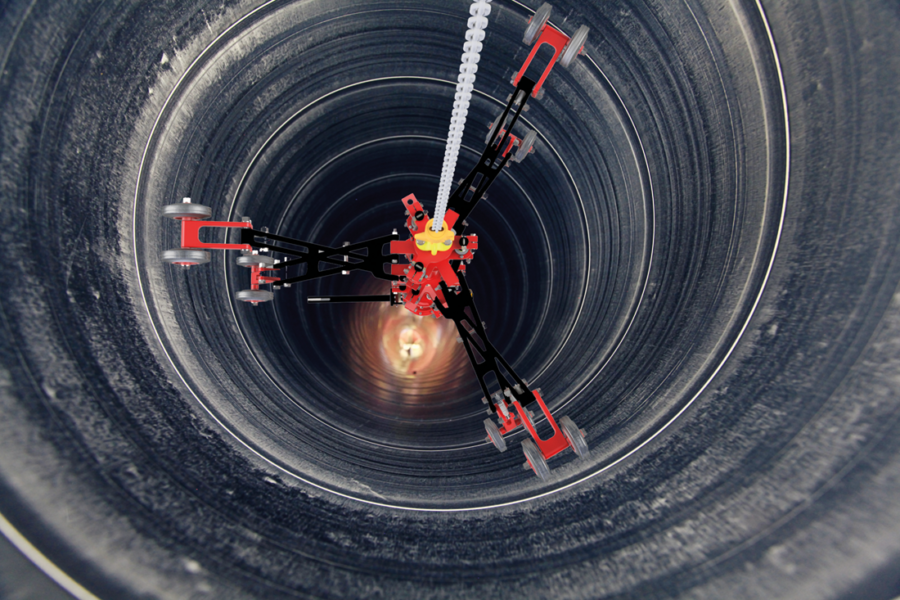Caisson integrity is a major issue for offshore platform operators. A caisson is a relatively simple part of an asset, but one which can have a devastating impact if its integrity is compromised. If a caisson detaches it can cause considerable damage to subsea infrastructure and impair production capability, whilst incurring significant replacement costs.
The requirements for installations to be cost-effective and environmentally secure are ever increasing and monitoring their condition is essential to ensure integrity. To achieve this, the industry must adopt smarter ways of operating and become more receptive to new technologies, working closer with the supply chain to help deliver efficiencies, drive down costs and, ultimately, increase production.

Caisson Failure Mechanisms
Caissons are usually constructed from carbon steel and are generally classed as part of the platform structure, rather than topside plant. They are guided subsea by external welded or structure attached guide supports. These guides allow the caisson to withstand the harsh sea environment which in turns protects the internal process system contained within the caisson.
Caissons suffer from a large variety of failure mechanisms such as corrosion/erosion, mechanical/abrasion, fatigue/cracking, blocking, and bacterial corrosion (MIC). Although caisson failure is not necessarily predictable, given enough time it is inevitable. It has been proven that regularly scheduled inspections and preventive maintenance ensure structural integrity.

Internal Inspection Solution
Defects developing from the inside of a caisson will not become visible externally until they are through thickness. Inspection, monitoring and mitigation efforts need to focus on the detection and prevention of internal degradation.
Completing caisson inspection internally provides comprehensive data over areas with external coatings, neoprene (or similar) and where cladding is present, and is the primary method for obtaining corrosion mapping data within external guide support locations or external repairs.
Three stages will be followed to complete a full caisson inspection:
- Cleaning and surface preparation
- Remote ultrasonic inspection
- Remote visual inspection
High-pressure water jet cleaning can be remotely deployed internally to remove all loose coating and surface corrosion, with debris flushed to sea or collected in recovery baskets and brought up to the platform for disposal. Termination blockages can also be removed using high-pressure water jet cleaning.
Following cleaning, remotely deployed robotic ultrasonic inspection scanning tools are used to gather thickness measurements over the full length of the caisson, providing real-time inspection data that can be interpreted to give an initial assessment of caisson condition.
Following the ultrasonic inspection, remotely deployed inspection cameras provide visual confirmation of defects and anomalies observed during the ultrasonic inspection, in addition to the condition of the caisson surface and welds.
Thorough visual inspection and ultrasonic corrosion mapping throughout the full length of a caisson will identify areas of deterioration and potential failure, allowing remediation measures to be taken. Caisson repair is significantly less expensive and time-consuming than a full replacement.

Conclusion
Caisson integrity remains a major industry wide issue. In order to tackle these challenges head on, the industry must ensure that the technology and systems to prevent such failures are developed and implemented. Internal inspection provides in-depth data on areas often not visible or accessible externally. Through appropriate inspection, monitoring and mitigation techniques, caisson failures can be prevented, resulting in significant cost savings and added value to asset operators.